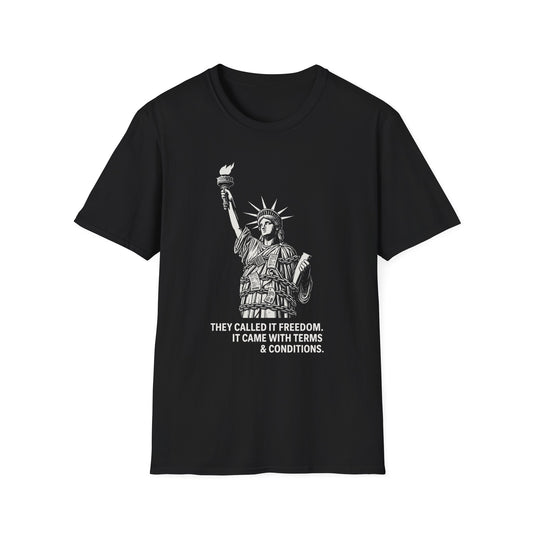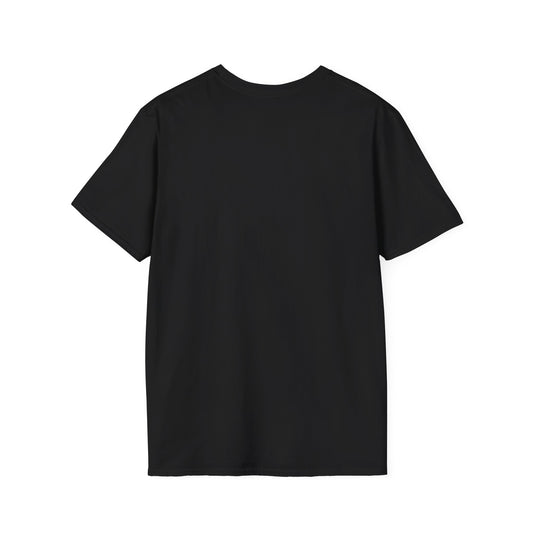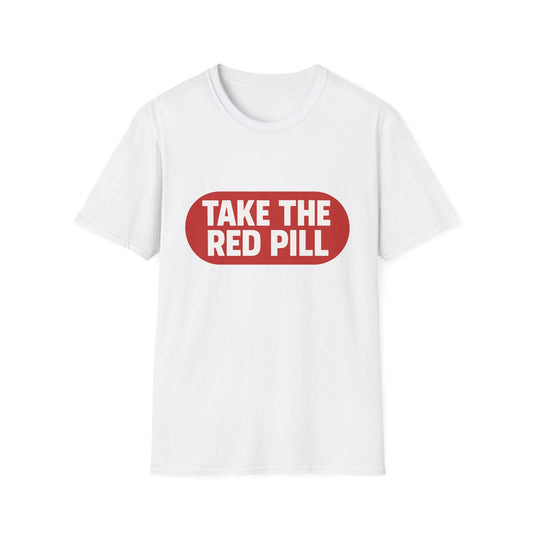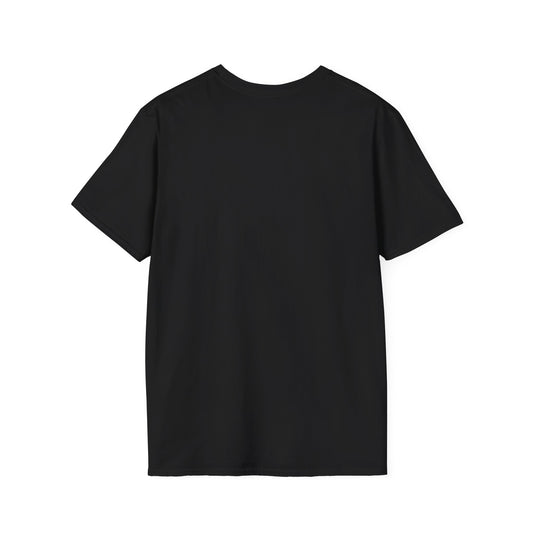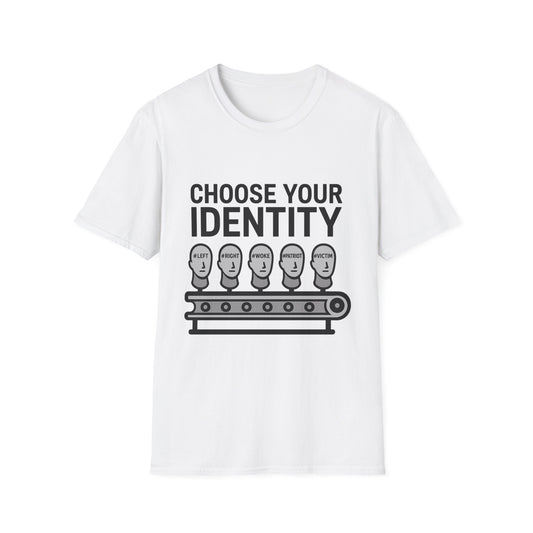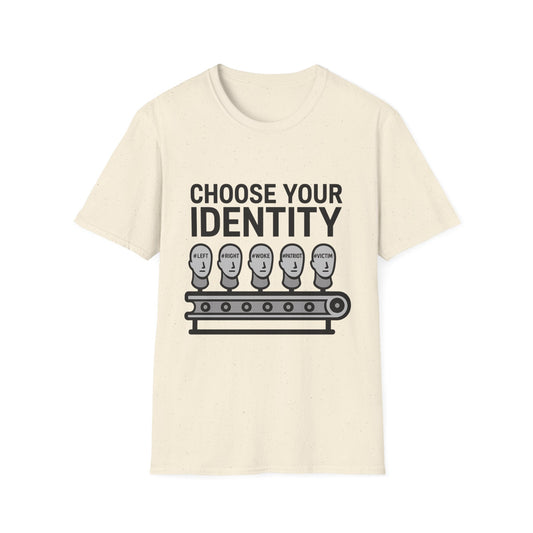
TikTok Ban 2025: Countdown to the U.S. Shutdown
TikTok Ban 2025: What Happens If the U.S. Really Shuts It Down?
On January 19, 2025, TikTok users in the U.S. experienced something they never expected: the app went dark. For 48 hours, the platform that had become a daily addiction for over 150 million Americans vanished. It returned just as fast—but that brief blackout wasn’t the end of the story. It was the beginning of the countdown.
Now, with a new divest-or-ban deadline set for June 19, 2025, TikTok’s future in America hangs by a thread. ByteDance, the Chinese parent company, has been ordered to sell its U.S. TikTok operations or face a total shutdown. The legislation—signed into law by President Trump—is being called one of the most aggressive tech crackdowns in American history.
So what happens if TikTok is really banned for good? What does it mean for users, creators, the economy, and the broader battle over digital sovereignty? Let’s break it down.
📱 Why Is TikTok Facing a Ban in the U.S.?
At the heart of the TikTok controversy is national security. U.S. lawmakers and intelligence officials argue that ByteDance’s ties to the Chinese government pose a risk to American user data and public influence. They claim the app could be used for surveillance, propaganda, or algorithmic manipulation.
The bill that passed in early 2025 gives ByteDance 180 days to divest from TikTok or the app will be barred from U.S. app stores and hosting platforms. The U.S. isn’t alone—similar efforts have unfolded in Canada, the U.K., and Australia.
⏳ What Happens on June 19, 2025?
If ByteDance doesn’t sell TikTok by June 19:
- TikTok will be banned from Apple and Google app stores in the U.S.
- Hosting companies will be barred from providing services to TikTok’s infrastructure.
- New downloads and updates will stop, degrading the app over time.
- Existing U.S. users may eventually lose access completely.
Unless a U.S. company steps in to buy TikTok before the deadline—or legal challenges delay enforcement—the ban becomes permanent.
🎥 What It Means for Creators
TikTok isn’t just a social app. For many, it’s a business, a career, and a livelihood.
- Influencers who built million-follower platforms could lose their audience overnight.
- Creators will be forced to pivot to Instagram Reels, YouTube Shorts, or new platforms like Clapper or Lemon8.
- Monetization will take a hit. TikTok’s Creator Fund, live gifts, and affiliate partnerships are not easily transferable.
For Gen Z content creators, this is more than inconvenient—it’s economic dislocation.
💼 The Business and Ad Industry Fallout
TikTok isn't just where people dance—it's where they shop. In 2024 alone, TikTok drove over $15 billion in U.S. e-commerce sales and saw explosive growth in affiliate marketing.
If TikTok disappears:
- Brands will scramble to redirect ad budgets to other platforms.
- Influencer agencies, product marketers, and affiliate networks will face sudden income gaps.
- Businesses that rely solely on TikTok traffic will see immediate drops in visibility and conversions.
Expect a digital ad market reshuffle if TikTok goes dark.
🧠 What’s Really Behind the Ban?
While national security is the headline, many see the TikTok ban as part of a broader U.S.–China tech war. It's not just about TikTok—it's about digital control, influence, and dominance in the AI-driven future.
TikTok’s algorithm is often praised as the most addictive and effective content delivery system on earth. It has changed how music trends, how news spreads, and how culture forms. That’s power.
And power in the hands of a foreign adversary? That’s the real fear.
🇨🇳 ByteDance’s Dilemma: Sell or Surrender
ByteDance is in a tough spot:
- Selling TikTok’s U.S. assets would likely mean surrendering its source code, algorithm, and infrastructure—something it has long resisted.
- A partial sale may not satisfy U.S. demands, especially after Congress ruled out shell-company tricks or proxy control.
- China’s own tech export laws might prevent ByteDance from complying at all.
That means we’re headed for a clash of laws between China and the U.S.—and TikTok is stuck in the middle.
🧨 Censorship or Protection? The Free Speech Debate
Critics of the ban argue this isn’t about safety—it’s about censorship. Banning a platform where over 170 million Americans express themselves sets a dangerous precedent, they say.
Civil liberties groups warn that if TikTok can be banned under the pretense of foreign ownership, what’s next? Could the same logic be used to target other apps or platforms?
Whether you see it as a protection measure or a political move, the implications are massive.
🧭 What Should Users Do Now?
If you’re a creator, business, or daily user—now’s the time to diversify:
- Download your content while you still can
- Grow audiences on YouTube Shorts and Instagram Reels
- Explore rising platforms like Clapper, Lemon8, or Triller
TikTok isn’t gone yet—but if June 19 arrives without a sale, it’s game over in the U.S.
Stay tuned for updates as the deadline approaches. TikTok may be dancing on the edge of history.
